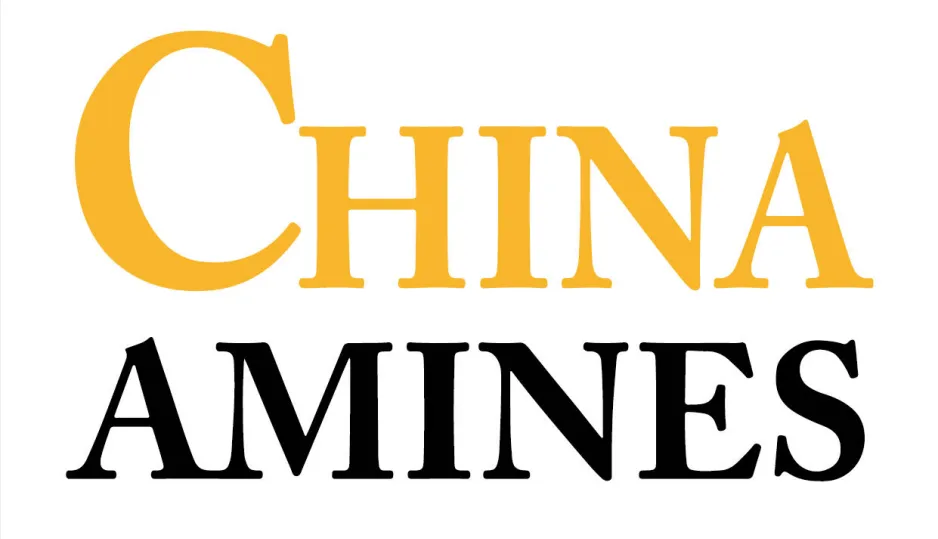The Importance of Food Packaging Beyond Just a Wrapper
In our daily lives, food packaging plays an essential role that goes far beyond the aesthetic appeal of brightly colored boxes and trendy designs. Proper food packaging is a critical factor in ensuring food safety, maintaining quality, and reducing environmental impact. As consumers become increasingly aware of the implications of their food choices, understanding the significance of food packaging is more important than ever.
Food Safety and Preservation
One of the primary functions of food packaging is to protect food from contamination and spoilage. Proper packaging acts as a barrier against bacteria, light, moisture, and air, all of which can compromise the freshness and safety of food products. For instance, vacuum-sealed packaging helps in extending the shelf life of perishable items by removing air, which is essential for the growth of aerobic bacteria. Similarly, the use of modified atmosphere packaging can alter the composition of gases in the package to slow down the decay process, keeping fruits and vegetables fresher for longer.
Moreover, packaging also plays a crucial role in preventing foodborne illnesses
. The Centers for Disease Control and Prevention (CDC) estimates that one in six Americans experience food poisoning each year. Effective food packaging, including tamper-evident seals, helps ensure that food products remain uncontaminated during transportation from production facilities to grocery stores, thus maintaining consumer safety.Communication of Information
Food packaging is not just a protective layer; it serves as a communication tool between manufacturers and consumers. Labels provide essential information regarding ingredients, nutritional content, and expiration dates. This transparency allows consumers to make informed choices aligned with their dietary needs or preferences. In an era where people are more health-conscious, clear nutritional labeling can significantly influence purchasing decisions. Furthermore, packaging often includes cooking instructions or storage tips, which help consumers utilize the product safely and effectively.
food packaging

Environmental Considerations
As global awareness of environmental issues increases, so does the responsibility of food manufacturers to consider the ecological impact of their packaging. Traditional packaging materials, such as plastics, contribute significantly to environmental pollution and waste. However, there is a growing trend towards sustainable packaging solutions. Biodegradable materials, compostable packaging, and recyclable options are becoming more prevalent as companies strive to reduce their carbon footprint. The shift towards eco-friendly packaging not only benefits the environment but also resonates with increasingly conscious consumers who favor brands that prioritize sustainability.
Innovations in Food Packaging
The food packaging industry is witnessing a wave of innovation driven by advancements in technology. Smart packaging, for example, incorporates sensors that can monitor the condition of food items, ensuring they remain within safe temperature ranges. This technology not only helps in reducing food waste but also enhances food safety, as it allows both manufacturers and consumers to track the freshness of products in real-time.
Another innovative trend is the incorporation of designs that encourage consumer engagement. Interactive packaging that utilizes QR codes can provide additional information about the product's source, nutritional benefits, or recipe ideas, creating a more enriching customer experience. Such initiatives help bridge the gap between the manufacturer and consumer, fostering a connection that extends beyond the purchase.
Conclusion
In summary, food packaging is a vital component of our food system, serving multiple functions from ensuring safety and extending shelf life to providing important information and promoting sustainability. As consumers become more informed, the demand for innovative and eco-friendly packaging solutions will continue to grow, pushing manufacturers to adapt and evolve. The future of food packaging lies in balancing functionality, safety, and environmental consciousness, ensuring that we not only protect the food we consume but also the planet we inhabit.



